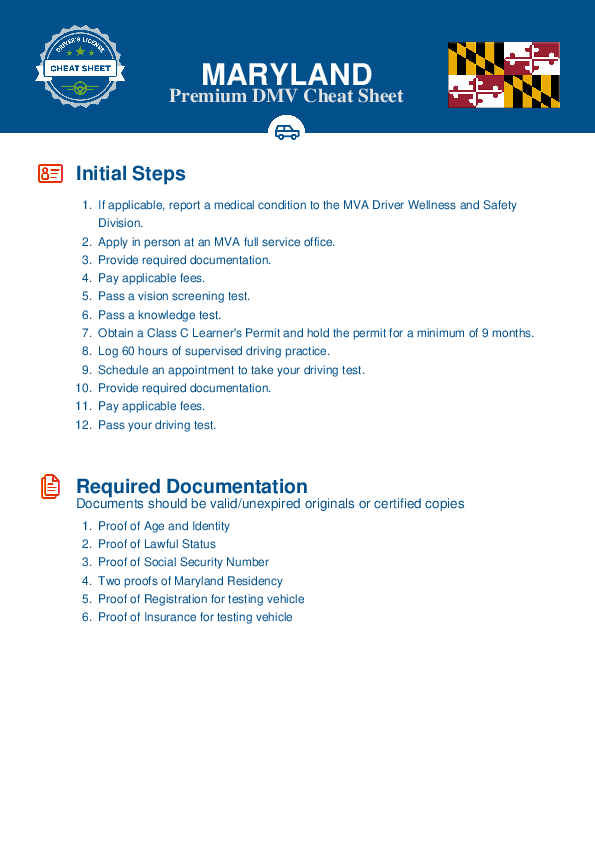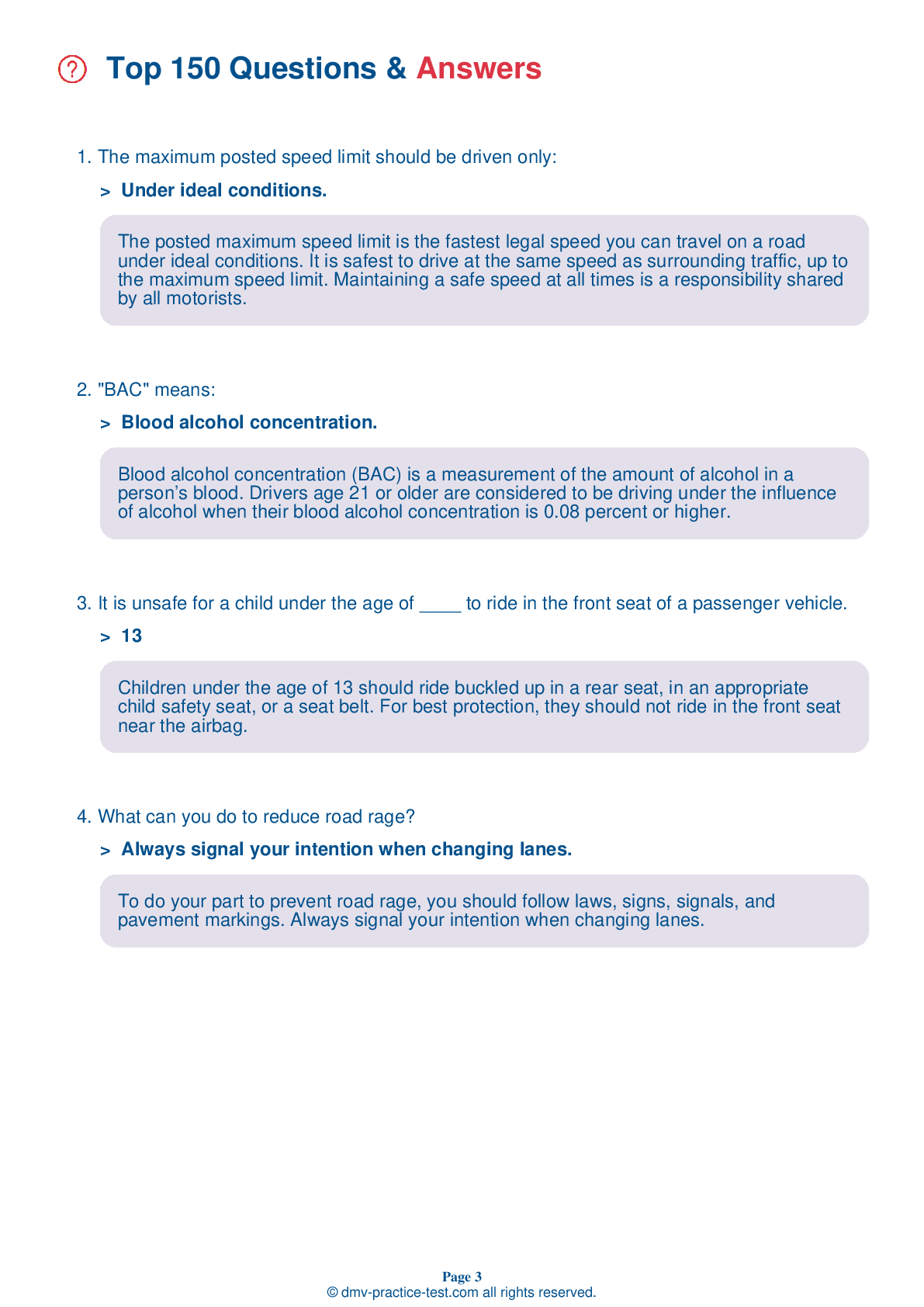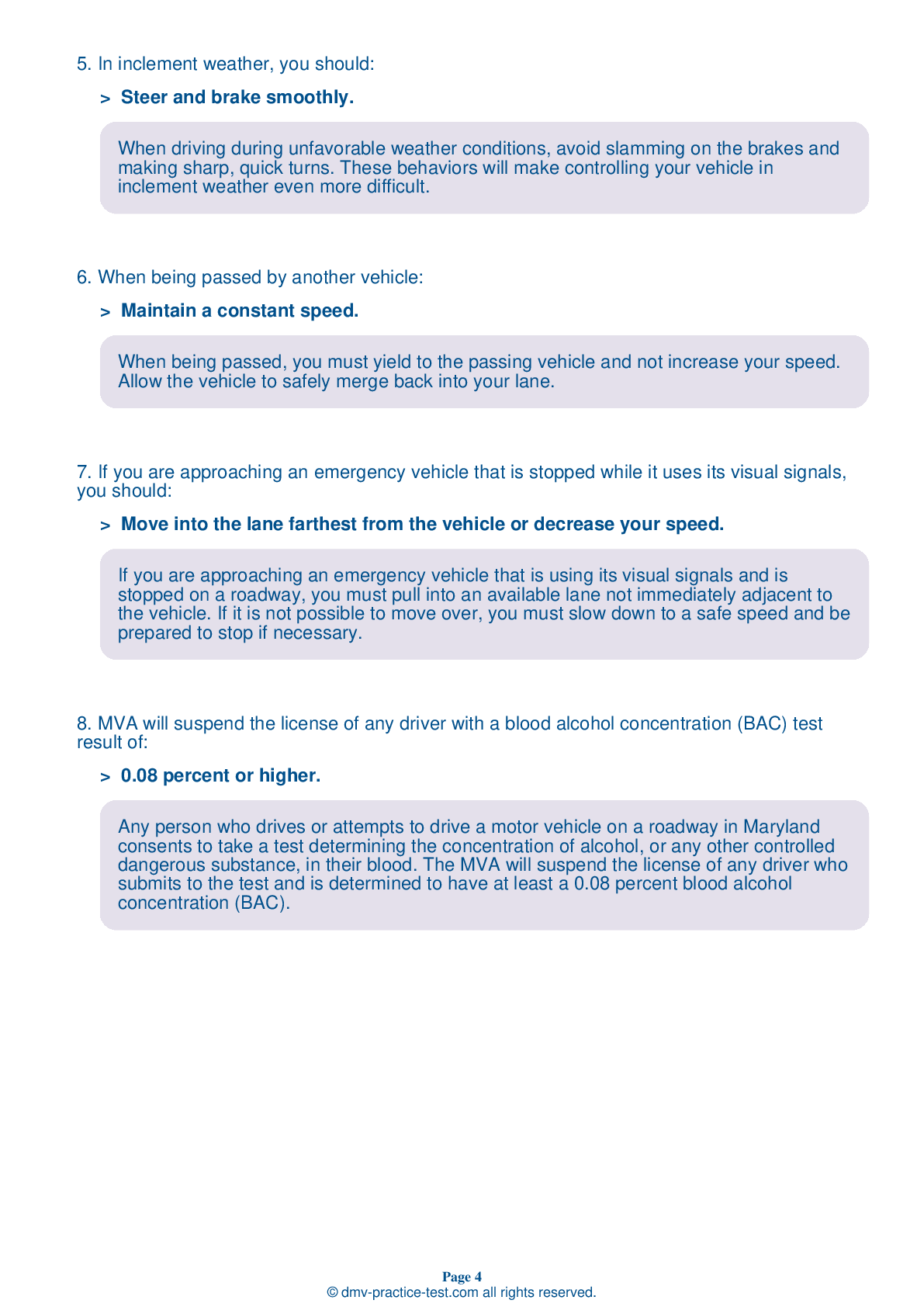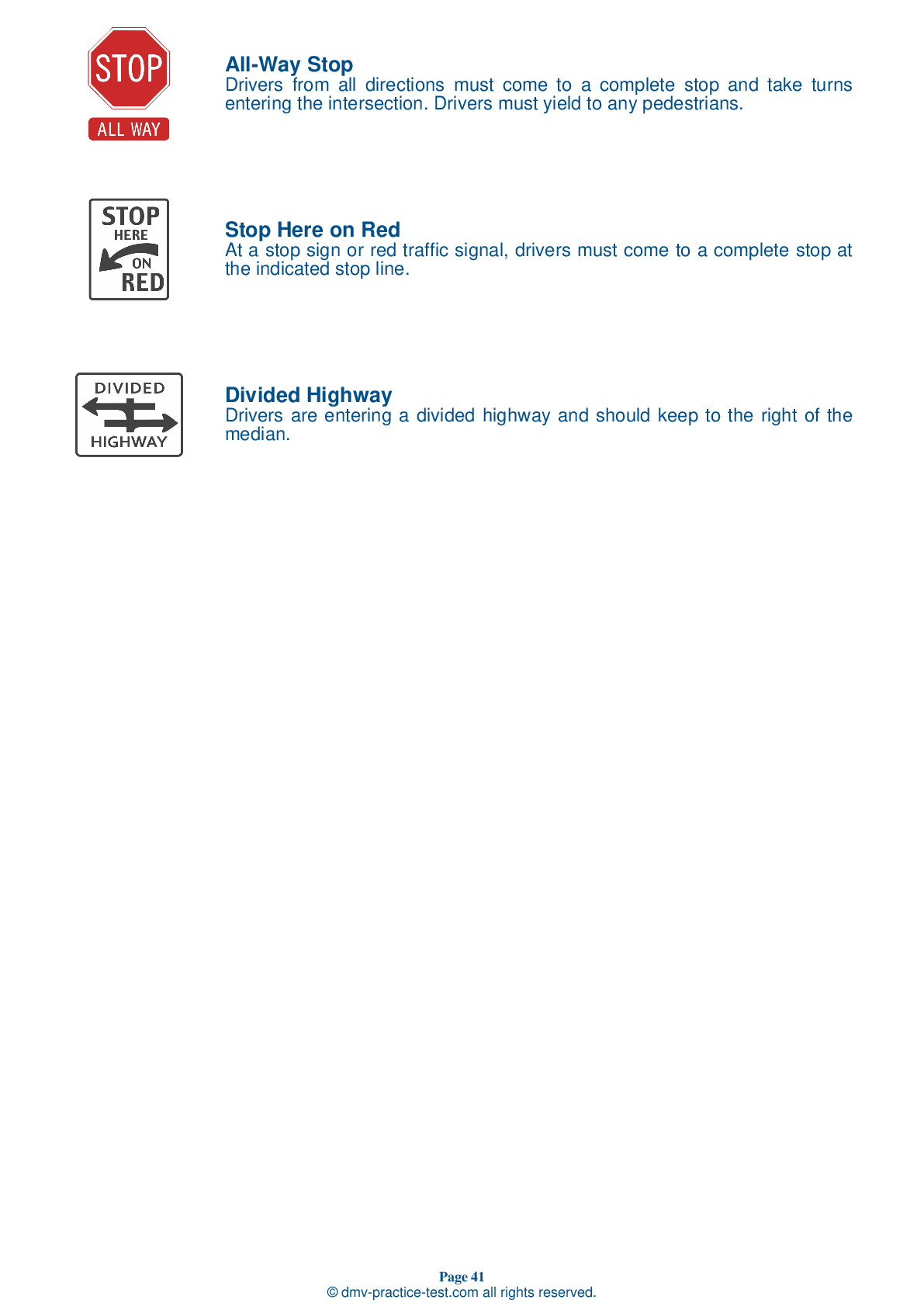FREE Maryland DMV Practice Test #10
Maryland DMV practise examinations have been updated for January 2025. It includes questions based on the Maryland Driver Handbook's most essential traffic signals and regulations for 2025. Use actual questions that are very similar (often identical!) to the DMV driving permit test and driver's licence exam to study for the DMV driving permit test and driver's licence exam.
On the practise exam, each question gets a tip and explanation to help you remember the concepts. The written component of the official Maryland DMV test will include questions about traffic rules, traffic signs, and driving statutes, as well as knowledge from the Driver Handbook.
To obtain a passing grade, you must correctly answer 22 of the 25 questions. Take our DMV practise exam to help you prepare for your Maryland instruction permit or driver's licence.
The DMV exam is available in several languages.
Using any kind of testing assistance will result in an automatic fail, and the DMV may take additional action against your driver's licence, so stay away from it.
1 . Trucks' blind spots are:
A truck's blind spots are much larger than a smaller car’s blind spots. The driver cannot see your car behind their vehicle and you can't see what’s happening in traffic ahead if you're driving too closely behind the truck. Whether you are driving behind or to the side of the truck, if you can’t see the driver’s face in their side view mirror, then they can’t see you.
2 . You may turn right on a solid red light:
After yielding to any oncoming traffic or crossing pedestrians, a driver may turn right on a solid red light, as long as there are no signs present to prohibit the turn.
3 . The maximum posted speed limit should be driven only:
The posted maximum speed limit is the fastest legal speed you can travel on a road under ideal conditions. It is safest to drive at the same speed as surrounding traffic, up to the maximum speed limit. Maintaining a safe speed at all times is a responsibility shared by all motorists.
4 . This road sign means:
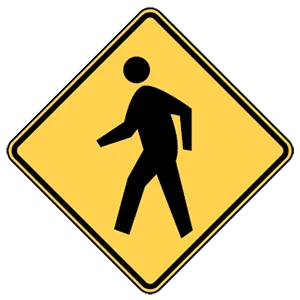
Warning signs provide notice to road users of a situation that might not be readily apparent and are usually yellow with black markings. This sign tells drivers to be alert to crossing pedestrians.
5 . When in a vehicle, wear a seat belt:
Maryland Motor Vehicle Law requires that the driver and the front seat passenger must always wear a seat belt. In addition, any individual under the age of 16 must wear a seat belt or be restrained in a child safety seat, regardless of seating position.
6 . To drive defensively, you should:
To drive defensively, a driver should be constantly aware of their surroundings and be prepared to change speed or road position at any time. To do this, a driver must observe the surroundings on every side of their vehicle.
7 . When parking your vehicle on any hill:
When parking on a hill, you should always leave your vehicle in gear or in the "park" position. If there is no curb, you should turn your front wheels so that the vehicle will roll away from the center of the road if the brakes fail. If there is a curb, the front wheels should be turned toward it (if headed downhill) or away from and gently touching it (if headed uphill).
8 . If you miss your exit on the freeway, you should not:
If you miss your turn or exit, do not back up in the travel lane or on the shoulder. Continue to drive to the next exit or crossroad. Drivers do not expect a vehicle to be backing toward them on the roadway and doing so will likely cause a collision.
2025 Maryland | Frequently Asked Questions
1. Be at least 15 years and 9 months old.
2. Pass the vision exam.
3. Complete the Maryland MVA Online Driver Test Tutorial.
4. Pass the knowledge test.
5. Provide proof of identity, age, and Maryland residency.
6. Have a parent or guardian co-sign your application.
7. Pay the required fee.
Remember, you must hold your learner's permit for nine months before you can take the driving test.
